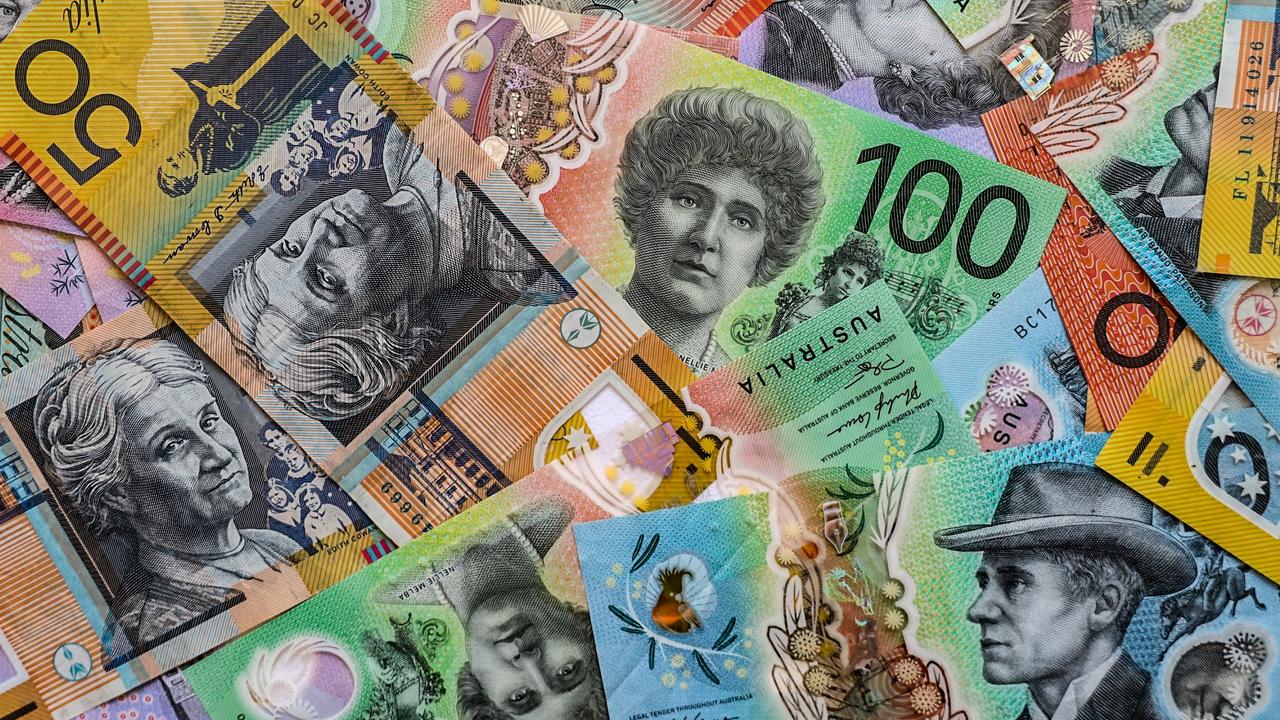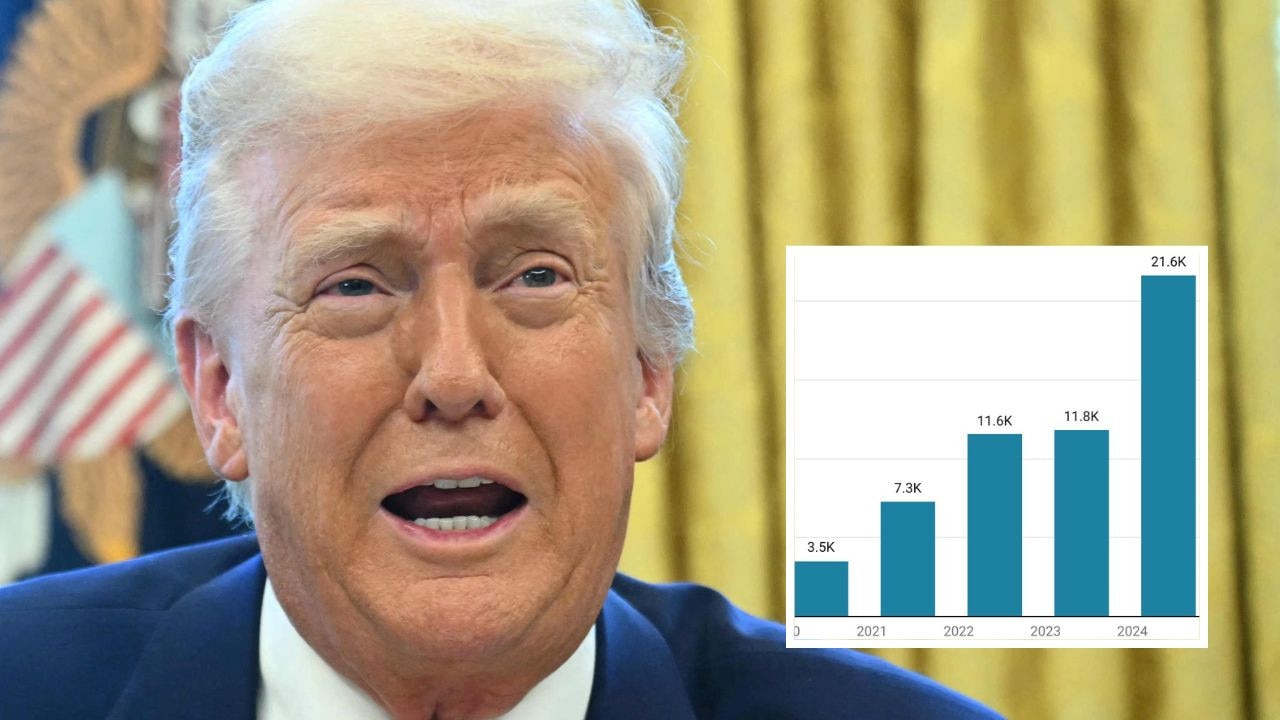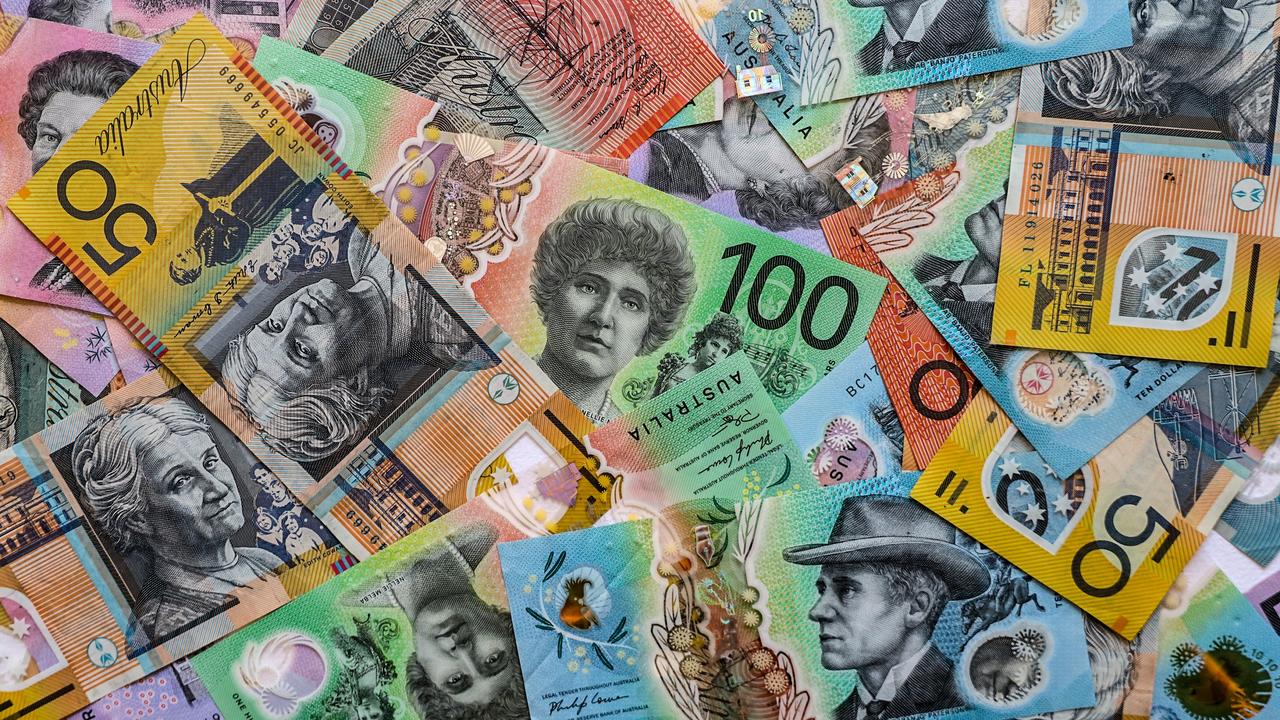DIY super funds earning big returns
SOME 370,000 Australians have chosen to set up a self-managed super fund, controlling an average of about $800,000 each.
DIY super funds earning big returns
DOUG Lavers is pleased with his self-managed super fund. It returned a gain of close on 90 per cent in the past financial year, to take his annualised returns to about 30 per cent for the seven years he has been running a fund.
Mr Lavers is one of 370,000 Australians who have chosen to set up a self-managed super fund, in which they control wealth of more than $1200 billion, an average of about $800,000 each.
His result is an outstanding effort that would put a professional to shame.
Mr Lavers is the first to admit he's had a very good run, though he has put in the effort to get the reward - about 10 to 15 hours of research and analysis a week.
He winces at the ones that got away, such as the stock he sold for 4.5c that is now worth more than $3.
"An investor simply needs to put in the time, otherwise the returns won't come,'' he says.
It helps that Mr Lavers, 58, has a background as a former investment director for a large insurance company, and has worked as a financial planner.
Passing in a full-time job three years ago has given him time to run his portfolio, which tends to be less than a dozen stocks with a bias towards small-cap mining and exploration companies.
"The only big cap I hold is the National Australia Bank, and then only because of the capital gains tax hit if I were to sell as it is not in a superannuation portfolio,'' he says.
"I wouldn't touch such stocks as BHP and Rio, not because I don't like them but because the potential for big percentage gains is not there - they are just too big.
"Besides, the analysts have crawled all over them and picked out any value long before a small investor can get near them.''
But even if Mr Lavers were not achieving at such levels of investment returns, he would still run a self-managed fund.
"I have a strongly rooted objection to the fees that managed funds and unit trusts tend to charge,'' he says.
"Industry funds are the most efficient of the bunch but even then they are fairly high, in my view.
"The retail fund fees are exorbitant, even if you can enter through the wholesale side.''
In any case, Mr Lavers is not happy with their investment performance, which he says will not reach high levels due to their highly diversified holdings.
"Once you have a portfolio of more than 15 to 20 securities in a portfolio, it's going to look pretty much like the underlying index anyway, whatever you do to it,'' he says.
"I am a Warren Buffet fan - he said diversification was for wimps.''
Mr Lavers has three funds: one for himself; one for his wife; and an accumulation fund. He says people going into a self-managed fund need to accept that "a fair amount of work'' is involved.
"t is not an easy or a soft option, and people need to understand the tax and legal pitfalls.''
Mr Lavers cannot do the annual audit, accounting and year-end tax and statutory reporting requirements. These costs come to a total of just under $9000 a year across the three funds.
Would he recommend a self-managed fund?
"Yes, provided you can put in the time and be aware of all the legal and reporting obligations.
"It's the best way to keep mentally agile too, quite apart from the monetary gains.''



